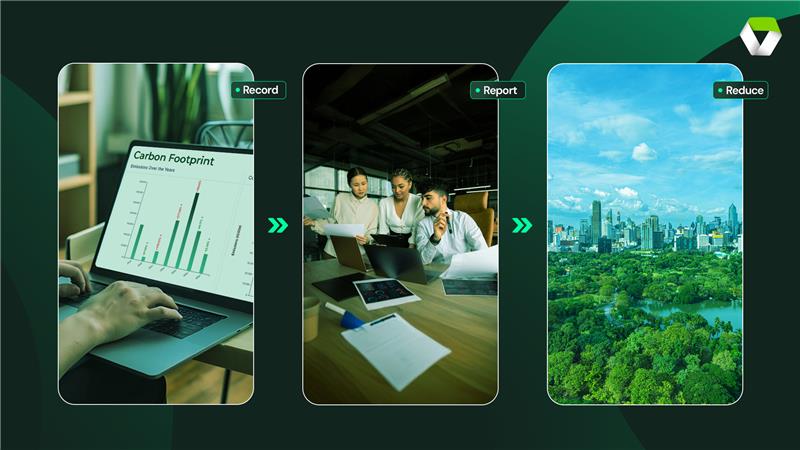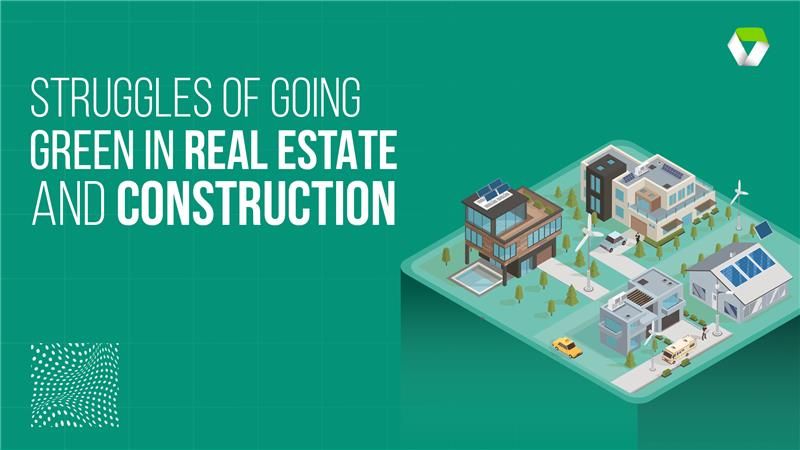Decoding Emissions for Small Businesses: A Closer Look at Scope 1, 2, and 3

In the realm of sustainability, small and medium-sized businesses (SMBs) face a unique set of challenges and opportunities. One of the first steps towards a greener footprint involves understanding the nuances of emissions. In this blog post, we'll break down Scope 1, Scope 2, and Scope 3 emissions, tailored specifically for SMBs, offering insights into the environmental impact of daily operations.
1. Scope 1: Direct Emissions - Grasping the Everyday Impact
Definition:
For SMBs, Scope 1 emissions encapsulate direct greenhouse gas emissions originating from sources within the company's control. These are the tangible environmental effects of daily operations, including on-site fuel usage, industrial processes, and any company-owned vehicles.
Examples of Scope 1 Emissions for SMBs:
- On-site fuel usage for heating and equipment
- Direct emissions from industrial processes (if applicable)
- Company-owned vehicles and transportation fleets
Significance:
Scope 1 emissions are the low-hanging fruit for SMBs, representing the immediate and tangible environmental impact of their operations. Reducing on-site fuel consumption and optimizing transportation are key avenues for emission reduction.
2. Scope 2: Indirect Emissions - Shifting Towards Sustainable Energy
Definition:
Scope 2 emissions for SMBs cover the indirect greenhouse gases resulting from purchased energy. This includes electricity and heat procured from external sources, influencing the environmental impact associated with energy consumption.
Examples of Scope 2 Emissions for SMBs:
- Electricity and heat purchased from external providers
- Indirect emissions from external power generation
Significance:
SMBs can make strides in sustainability by exploring cleaner energy options. Transitioning to renewable energy sources, negotiating green energy contracts, and implementing energy-efficient practices are pivotal steps in reducing Scope 2 emissions.
3. Scope 3: Indirect Value Chain Emissions - Collaborative Sustainability
Definition:
Scope 3 emissions for SMBs encompass the broad spectrum of indirect greenhouse gases throughout the entire value chain. This includes activities beyond direct control, such as emissions from suppliers, transportation partners, and end-users.
Examples of Scope 3 Emissions for SMBs:
- Supply chain emissions from raw material extraction and production
- Business travel and commuting emissions
- Product use and disposal impact
Significance:
While challenging to quantify, addressing Scope 3 emissions presents SMBs with opportunities for collaboration. Engaging suppliers in sustainable practices, optimizing transportation choices, and exploring eco-friendly product design contribute to holistic emission reduction.
Taking Action: A Practical Approach for SMBs
- Start Small with Scope 1:
Begin by conducting an assessment of on-site fuel consumption, industrial processes, and transportation. Implement small-scale changes like energy-efficient equipment or alternative transportation methods.
- Energy Efficiency for Scope 2:
For SMBs, transitioning to cleaner energy sources may involve negotiating with local energy providers for green energy options or exploring on-site solar installations.
- Collaborate Locally for Scope 3:
Engage with local suppliers and transportation partners to collectively reduce emissions. Consider sustainable business practices and promote eco-friendly choices among employees and customers.
Conclusion: A Green Future for SMBs
In conclusion, understanding and addressing emissions for SMBs is integral to a practical and achievable sustainability strategy. By navigating the tailored categories of Scope 1, Scope 2, and Scope 3, small businesses can make significant strides towards a greener future, contributing to global sustainability objectives while also reaping the benefits of cost savings and enhanced brand reputation. Stay tuned for more insights on mastering sustainability in the context of small and medium-sized enterprises!






